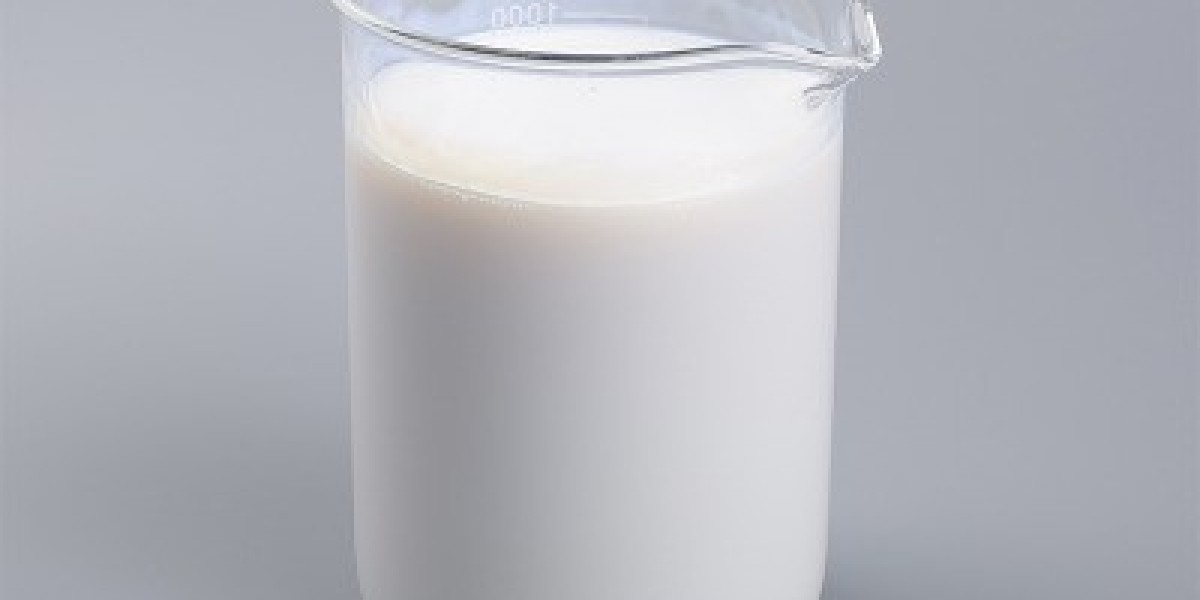The emulsion polymerization process begins with the mixing of monomers, specifically acrylonitrile and butadiene, in the presence of an emulsifier and water. This mixture is subjected to controlled conditions in polymerization reactors, where free-radical initiators are added to initiate the reaction. The temperature and pressure are carefully monitored to ensure suitable polymerization conditions, typically occurring between 30°C and 40°C. This process results in the formation of nitrile butadiene latex, which appears as a milky liquid.
One of the key advantages of this latex is its ability to be tailored for specific applications by adjusting the ratio of acrylonitrile to butadiene. Higher acrylonitrile content enhances the oil and chemical resistance of the latex, making it ideal for applications in environments where exposure to harsh substances is common. Conversely, a lower acrylonitrile content improves flexibility and low-temperature performance, which is beneficial for products like gloves that require dexterity.
In terms of safety and health risks, it is generally considered safe for use in various applications, particularly in the medical field. Unlike natural rubber latex, which can cause allergic reactions in some individuals, nitrile butadiene latex is latex-free, significantly reducing the risk of allergic responses. This characteristic has made nitrile butadiene latex a preferred choice for disposable gloves in healthcare settings, where the risk of cross-contamination and exposure to bodily fluids is high.



